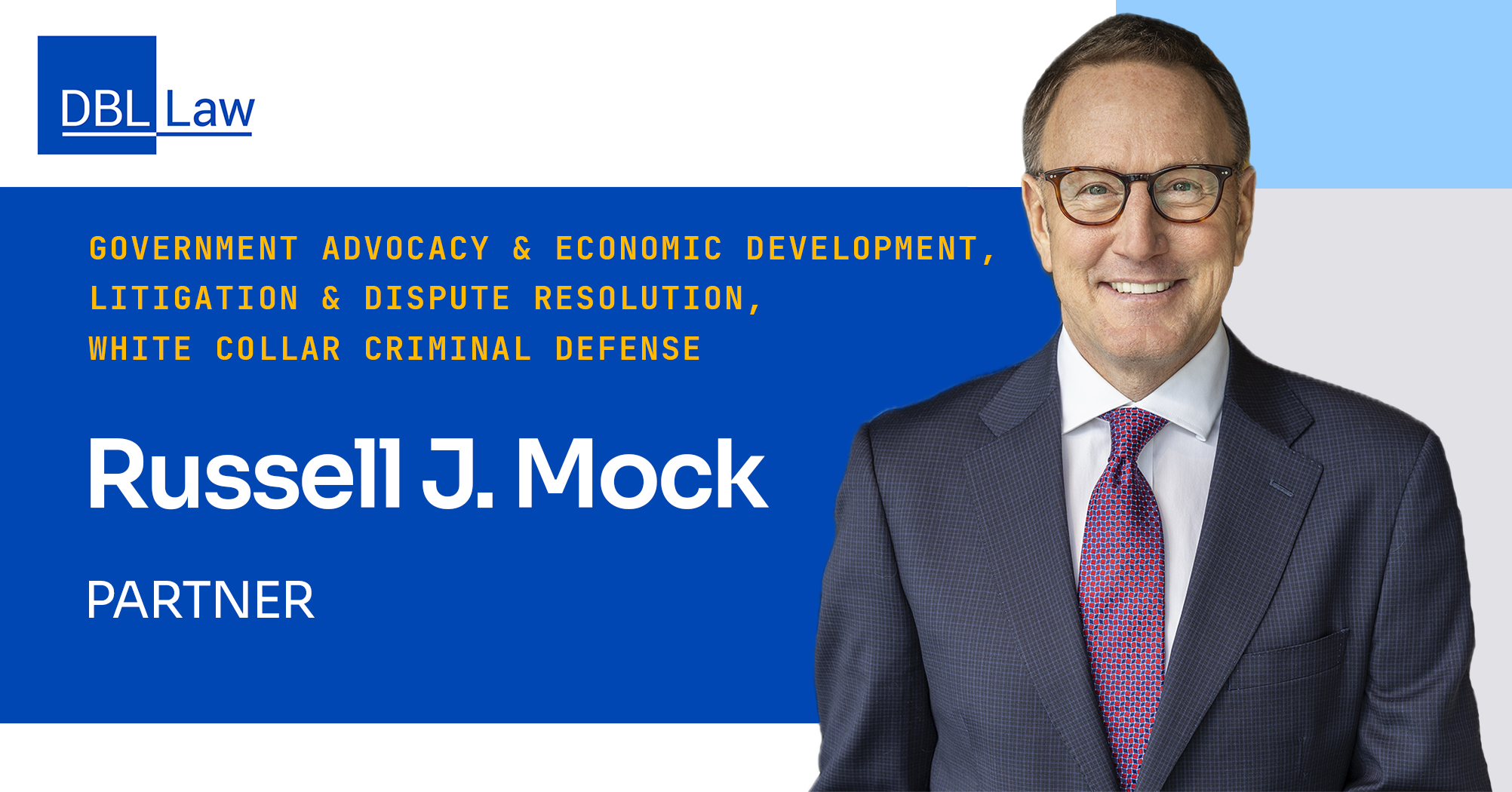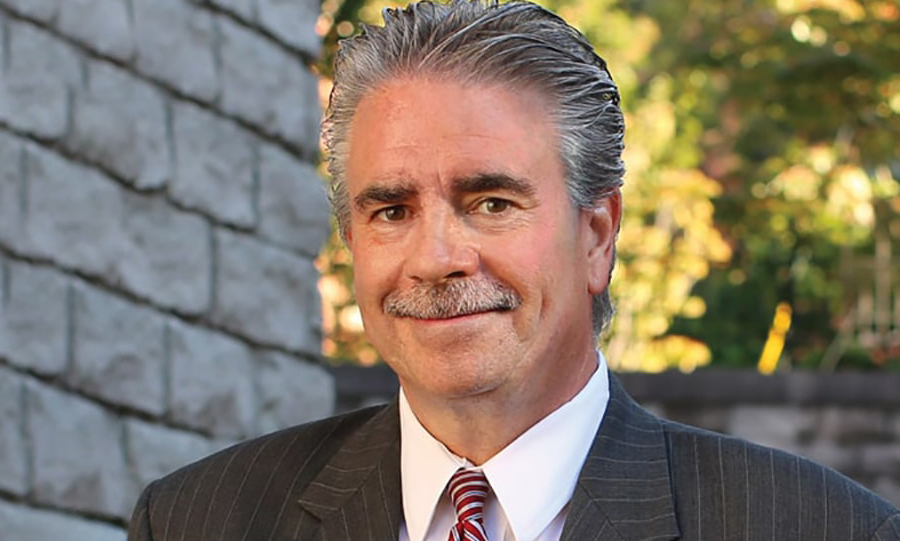Recent guidelines published by the SBA have prompted a lot of questions among small businesses who received a PPP loan under the CARES Act. Many questions are largely concerning the effect of liquid assets or other sources of funding a business may have on its ability to have its PPP loan forgiven at the end of the covered period.
The original language of the CARES Act states, in part, “…the requirement that a small business concern is unable to obtain credit elsewhere…shall not apply to a covered loan.” This language is one of several examples of a requirement that exists for a standard SBA loan but that has been waived under the CARES Act, including the PPP. This language expands the field of eligible candidates for a PPP loan and has, in fact, prompted small businesses to apply for a loan even though they may be able to obtain funding elsewhere.
However, recent guidelines published by the SBA have raised concerns about whether or not small businesses that have received a PPP loan, including those that have already used all or a portion of the loan funds, will be able to have the full principal amount of their loans forgiven, as guaranteed by the language of the CARES Act. Specifically, one SBA guideline states that eligibility depends not only upon having 500 or less employees[1] and being in business as of February 15, 2020, as is required under the CARES Act, but a business must now also prove that it applied for a PPP loan in good faith based off of the necessity of the loan. Additionally, Treasury Secretary Mnuchin stated on April 28, 2020 that all businesses that have received a PPP loan over $2 million will be audited upon applying for forgiveness to determine whether this raised standard of eligibility is met, unless the entire amount of the loan is returned to the appropriate lender by May 7, 2020. Those businesses who are found to not have been eligible to apply for the loan will not be eligible for forgiveness.
This element of necessity has already been put into question for businesses that have ample other sources of funding to allow them to continue operating during this pandemic. This came about due to large, public companies admitting that they had received a PPP loan and thereafter returning it. Although, consistent with the rushed language of the CARES Act and the seemingly reactive SBA guidelines, there is little clarity regarding the threshold of other available funds and at what point a PPP loan is no longer deemed necessary for a business due to the availability of other sources of funding.
While it is unclear if further consequences exist for businesses who fail to meet these heightened eligibility standards, it is certain that this new information is putting businesses on high alert as they decide whether to utilize their PPP loans and how to prepare for a potential audit.
For any questions regarding the Paycheck Protection Program or any subsequent published guidance, please contact DBL Law attorneys Patrick Hughes (phughes@dbllaw.com) or Katherine Simone (ksimone@dbllaw.com).
[1] There are modified size standards for certain small businesses and non-profits.




